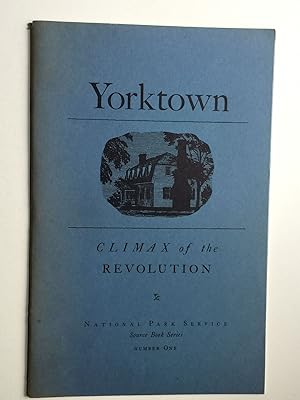Pitkin Thomas Charles Hatch Editors (4 results)
Search filters
Product Type
- All Product Types
- Books (4)
- Magazines & Periodicals (No further results match this refinement)
- Comics (No further results match this refinement)
- Sheet Music (No further results match this refinement)
- Art, Prints & Posters (No further results match this refinement)
- Photographs (No further results match this refinement)
- Maps (No further results match this refinement)
- Manuscripts & Paper Collectibles (No further results match this refinement)
Condition Learn more
- New (No further results match this refinement)
- As New, Fine or Near Fine (No further results match this refinement)
- Very Good or Good (3)
- Fair or Poor (No further results match this refinement)
- As Described (1)
Binding
- All Bindings
- Hardcover (No further results match this refinement)
- Softcover (3)
Collectible Attributes
- First Edition (No further results match this refinement)
- Signed (No further results match this refinement)
- Dust Jacket (No further results match this refinement)
- Seller-Supplied Images (2)
- Not Print on Demand (4)
Language (2)
Price
- Any Price
- Under £ 20
- £ 20 to £ 40 (No further results match this refinement)
- Over £ 40 (No further results match this refinement)
Free Shipping
- Free Shipping to U.S.A. (No further results match this refinement)
Seller Location
Seller Rating
-
Yorktown Climax of the Revolution
Published by U. S. Government Printing Office, 1956
Language: English
Seller: Hastings of Coral Springs, Altamonte Springs, FL, U.S.A.
Soft cover. Condition: Good. No Jacket. 26 pages including bibliography, illustrated. The front cover is soiled. The text is clean and unmarked. 1956 reprint.
-
Yorktown Climax of the Revolution (Source Book Series)
Published by National Park Service, 1956
Language: English
Seller: Antique Mall Books, Smyrna, GA, U.S.A.
Paperback. Condition: Very Good. 1956 Printing, VERY GOOD, no marks, Stapled binding is sound. vi, 26 pages : illustrations, 1 map ; 23 cm. . . . . . TABLE OF CONTENTS: 1.) Cornwallis Goes to Yorktown -- 2.) The French Fleet Blockades the Chesapeake -- 3.) The Allies Assemble at Williamsburg -- 4.) The British Position -- 5.) The Siege Begins -- 6.) The First Parallel -- 7.) The Bombardment -- 8.) Storming the Redoubts -- 9.) The British Counterattack -- 10.) Cornwallis Tries to Escape -- 11.) Cornwallis Decides to Surrender -- 12.) The Parley -- 13.) The Surrender -- 14.) *The Play is Over* -- 15.) Washington Congratulates the Army --.
-
8vo. stiff pictorial wraps, softcover; 26 pages; faded covers else a very good, clean, tight, unmarked copy.
-
Yorktown: Climax of the Revolution
Published by United States Department of the Interior National Park Service
Seller: The Unskoolbookshop, Brattleboro, VT, U.S.A.
Stapled Booklet. Condition: Very Good. Light cover wear. Nice, tight, unmarked copy. National Park Service Source Book Series, Number One. Book.




